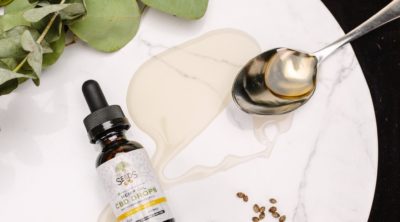
If you have gone from doctor to doctor in search of a remedy for your asthma, you may have felt frustrated and must have been tempted to explore some alternative treatments such as cytotoxicity testing, special diets, herbal preparations, massage, and vitamins to name a few.
Introduction
If you have asthma, you know the dreaded choking sensation, the faintness, and the anxiety of it happening again. And you know all too well that once an asthma attack starts, it won’t go away by itself. Asthma sufferers make up an estimated five to ten percent of the population. And while no two persons with asthma are alike in the subtle characteristics of the condition, they do have one thing in common.
They have trouble breathing properly during the attack. The reason is that their lungs are very sensitive, and are easily provoked into constriction by a wide variety of factors, called triggers. As you have probably know, many things can set off an asthma attack – someone’s perfume, a smoke-filled room, a friendly dog, a flowery garden, cold winds, or even a good laugh.
Triggers can be allergic, and reactions can be immediate or delayed. While there is no cure for asthma, the good news is that asthma, whether mild, moderate, or severe, can be managed. Every patient with asthma should see a doctor to develop a therapeutic program for managing the disorder. In addition to working with your doctor, you can take some precautions to help control the condition.
Some Tips
Since dust mites are among the most common asthma triggers, dust proofing is a must.
Here are a few tips:
* Enclose your mattress in an airtight, dustproof cover. Then cover it with a washable mattress pad. Hypoallergenic sheets are recommended
* Wash your sheets in hot water every week, your mattress pads and synthetic blankets every two weeks, and your pillows every month.
* Use polyester pillows, and enclose them in airtight, dustproof covers.
* Avoid carpets, as they are difficult to clean. Stick to bare floors with washable area rugs.
* Choose washable curtains instead of draperies.
* Try not to do heavy cleaning. But if you must, use only a vacuum cleaner and damp cloth to clean, as dust mops and brooms stir up the dust.
* Wear a mask over your mouth and nose while cleaning, and leave the room when you’re done.
* Run an air conditioner or a dehumidifier in warm weather, especially in spring and fall, when mites multiply. Aim to keep the humidity level in your home between 25 and 40 percent.
* Consider using an air purifier in the bedroom to keep the room free of dust particles.
Minimize mold
Fungus can grow on nonliving organic material in several forms – mold, dry rot, and downy mildew. Fungi reproduce by producing spores. The spores are the real problem, as millions of them float through the air to be inhaled in every breath, triggering an allergic reaction that can contribute to an asthma attack. To stave off the spores, you can:
Keep your windows closed, because the mold spores can come in through the windows even if the windows have screens.
Stay out of attics, basements, and other dank, musty places.
Wear a face mask and give your bathroom a check for signs of mold. The most likely spots for mold growth are dark areas.
On a regular basis, have a family member or friend clean the inner parts of air conditioners, humidifiers, and vaporizers in your home where mold can grow over time.
Periodically check houseplants for mold growth.


